Have you heard of the concept “paddock to plate”? The concept relates to the carefully monitored journey of food, from the ground to hoof to the dining table. The “paddock to plate” concept entails that the food is locally and sustainably produced, and that the food is a fresh and unprocessed as possible. The ‘paddock to plate’ movement have added value to many high-end restaurants in the well-heeled echelon of the bigger cities around Australia. Many restaurateurs grow their own vegetables in private or rented gardens close to their restaurant and source their meat through carefully selected graziers and butchers. All in the quest of fulfilling the promise of offering a produce that is as fresh as possible and locally and sustainably grown to their guests. The paddock to plate is a positive movement, taking into consideration sustainability concepts, cutting down on transport and even bringing the origins of food closer to the customers’ mind. Basically, the concept is going back to basic; this is how food used to be grown and transported not that long ago.
The truth of Food transport
The truth of the matter however is that during the past two decades, the distance that food travel from paddock to plate has increased significantly. On average, before the food is landing on your plate and hits your taste buds, it has been moved in and out of refrigeration 14 times. As an example, one study of food transport demonstrates the long and cumbersome journey of broccoli. The study showed that broccoli had been handled by 23 operators during 21 stages during 39 touch points along the Cold Chain before reaching the consumers. The thought that comes to mind is, how fresh is the food when reaching our dining table? The answer is, broccoli, or any food item, is only as fresh as the Cold Chain is effective.
What is Cold Chain?
The Cold Chain system comprise of a series of businesses – commencing from the start of the supply chain with manufacturing, transporting, and storing to retailing and serving fresh, chilled and frozen foods. Simply put, the Cold chain is the system of transporting or storing food within an optimum temperature range.
A proper Cold Chain practice is essential for not only maintaining the freshness of food but for minimising food illnesses and reducing food waste and spoilage. In relation to food, a properly managed and monitored Cold Chain have an impact on the health of the Australian public, fresh food retailers’ and individuals’ finances, and the Australian economy at large. The figures talk for themselves, approximately 5.4 million cases of gastroenteritis are due to the consumption of contaminated food. And ponder the sobering fact that Australians are discarding food to the value of $5.2 billion a year (more than$1.1 billion of fruit and vegetables and $872.5 million worth of fresh meat and fish).
Food Waste
Food waste is an unappetizing thought. Especially when you consider all the energy and water that is required for growing and producing the food. It is in simple laymen’s term a double whammy with huge impact on our planet and the climate. Food waste refers to food that is fit for human consumption but is being discarded at the retail or consumer level.

- Food that goes in the landfill and rots produces methane, a greenhouse gas even more potent and carbon dioxide
- About 6%-8% of all greenhouse emissions could be reduced if we stopped wasting food
A lack of awareness of the impact food waste has on our planet is one reason why we throw out food that could have been used, for example leftovers. Another reason is that the knowledge of how to cook and handle food is a diminishing art with food on our plate just being an Uber Eat call away.
Food Spoilage
In Australia, one significant reason for food waste is food spoilage, that is food that becomes unsuitable for human consumption. The reason is often due to poor temperature monitoring and management, an ineffective cold chain or faulty refrigeration system either during transport or in the cold room.
Food is more likely to be ruined during transport and handling, compared to when food is stored at a stationery points in the cold chain. Regardless, the effects of food spoilage are as devastating for our planet as food waste. There are other critical effects of food being spoiled, not the least financially for fresh food purveyors and retailers of meat and fruit and vegetables. The worst-case scenario for these essential stake holders in our community is financial damage and a bruised reputation when unable to fulfil customer orders.
Optimal Food Transport and Storage Conditions
Optimal food transport and storage conditions are reliant on air-circulation, correct temperature for the food transported or stored, temperature control, temperature monitoring, datalogging and record keeping.
What gets monitored gets eaten
We started the blog about the food journey on a more romantic notion perhaps, exploring the growing movement of ‘paddock to plate’ with food sustainably and locally grown with minimal transport. However, food transport and an effective Cold Chain are necessities in our vast country and is extensively used in our industrialised and globalised world. The effectiveness of the Cold Chain in maintaining the safety, shelf life and quality of foods relies on controlling product temperature and temperature logging through each and single step and touch point throughout the cold chain. In addition to temperature monitoring, record keeping such as continuous temperature and datalogging is vital for quality assurance and traceability should anything go wrong or during an audit. Recordkeeping is therefore mandatory for the food safety plan requirements for food businesses throughout Australia.
Cold Chain management is used in a wide range of settings where temperature management is critical, vaccine transport and storage, medical and pharmaceutical goods, cosmeceutical products, and food.
Connected IoT are experts in optimising the effectiveness of the Cold Chain - temperature monitoring, datalogging and air quality control.



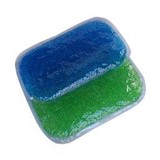





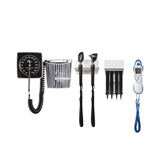
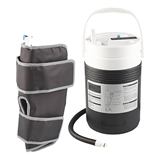
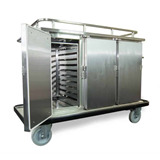
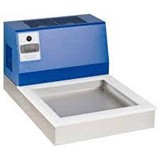





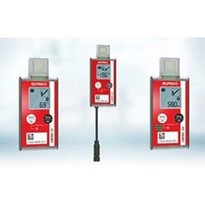

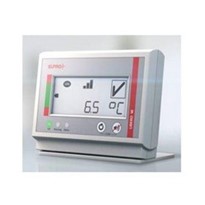
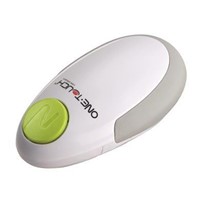



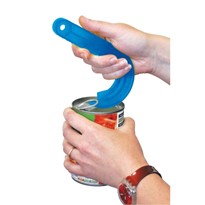
-205x205.jpg)
-205x205.jpg)



